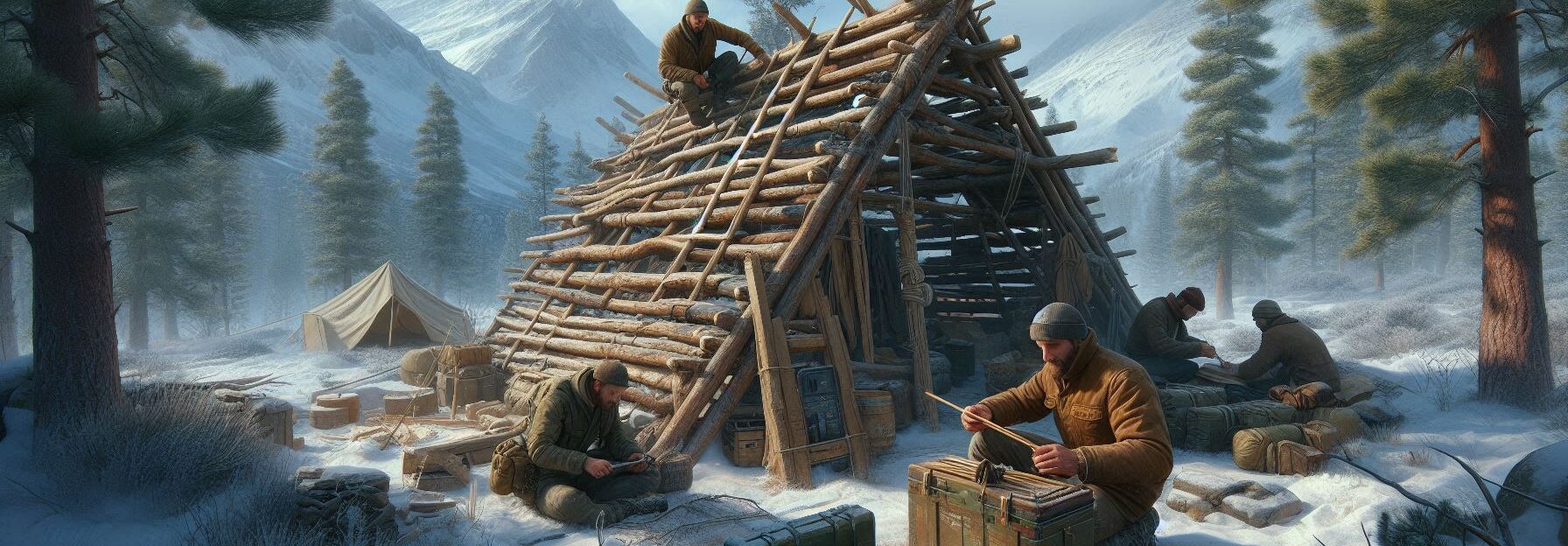Please Note: This post may contain affiliate links. If you click one of them, we may receive a commission at no extra cost to you. As an Amazon Associate, I earn from qualifying purchases.
Last Updated on November 2, 2025 by Kevin Collier

Top Takeaways and Key Concepts
- Use bright or reflective items like clothing, mirrors, or phone screens to signal visually.
- Send SOS with light or ground symbols using the three-dots, three-dashes, three-dots pattern.
- Carry a whistle and blow in repeated patterns of three blasts for attention.
- Build smoky fires during the day or bright bonfires at night to attract help.
- Make distinct noise with claps, pots, or other objects to draw attention safely.
Picture this: you're deep in the woods, soaking in the fresh air and pretty butterflies. It's all nice and peaceful, then—uh-oh! You take a wrong turn and suddenly feel like a character in one of those survival shows. Panic hits, and you think, “Am I going to end up waving my arms like a crazy person?”
Don’t sweat it! Let’s chat about some fun ways to signal for help. You can keep it light, even in sticky situations.
First, find something bright. A shiny blanket or even a colorful shirt can really grab someone’s eye. If you whistle or shout, try to do it in a rhythm. Makes it sound less like a wild animal is in distress. Just think about it—how funny would it be if someone walks by and finds you waving like you're at a concert?
Think about using smoke too. If you’ve got a little fire going (and yeah, do that safely!), you can puff it up in big clouds. People see smoke from far away. Just like those movies where someone’s signaling for a plane. Pretty cool, right?
If you have anything reflective—like a mirror or your phone’s screen—hold it up to the sun. It’ll send sparkles out into the trees. It’s like sending out a little SOS message in style!
You can even create sounds. Yelling is fine, but how about some claps or even a whistle? Something that stands out but also feels natural. You could sing a little tune. Who doesn’t love a bit of music?
Just keep a smile, even if you're feeling a bit scared. I mean, it’s a wild adventure, right? Who knows, you might even make some funny memories.
So next time you feel a little lost, remember you have tools to help you get found. It doesn’t have to be serious. You can wave your arms like you're practicing for a dance. Just stay calm. Help is out there, and you’ve got this!
Contents of This Page
*** Shop for Survival Gear - Tools - Kits ***
Survival Gear - Bags and Backpacks - Knives - Boots/Footwear - Communication
Outdoor Cooking - Gloves - Hydration - Dry Boxes - Water Filtration Systems
Tents - Sleeping Bags - First Aid Kits - Multi-Tools - Flashlights - Fire Starters
Navigation - Survival Food - Night Vision - Headlamps - Stun Guns - Binoculars
1. The Classic SOS Signal: Know Your Morse Code
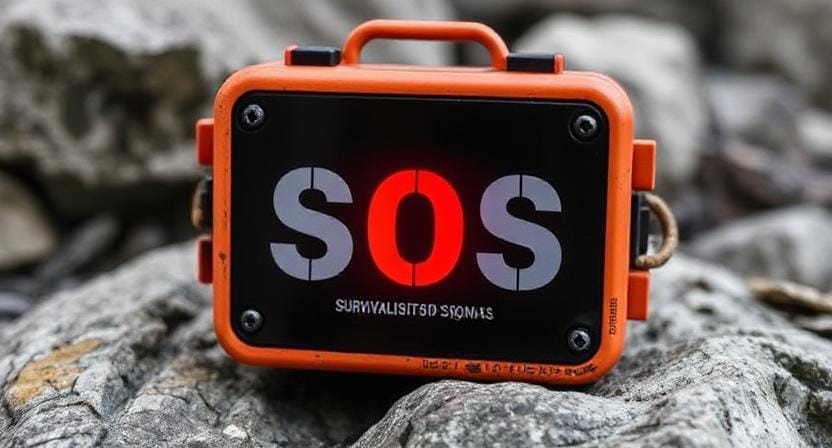
Let’s start with the classic SOS signal because nothing says “I need help!” quite like three dots, three dashes, and another three dots. If you thought Morse code was just something spies used in movies, think again! It’s an actual system that can save your life.
To send an SOS using light (like your trusty flashlight), flash three short bursts followed by three long bursts and then three more short ones. Imagine trying to communicate with aliens; you want to be clear!
If you're on land and happen to have rocks or branches handy, arrange them into an “SOS” shape large enough to be seen from above. Just make sure it doesn’t look like “S.O.S.” stands for “Save Our Snacks,” because I assure you rescuers will prioritize human lives over trail mix.
And here’s a fun fact: did you know that “SOS” doesn’t actually stand for anything? It’s just catchy—like that annoying song stuck in your head!
2. Whistle While You Work (or Wait)
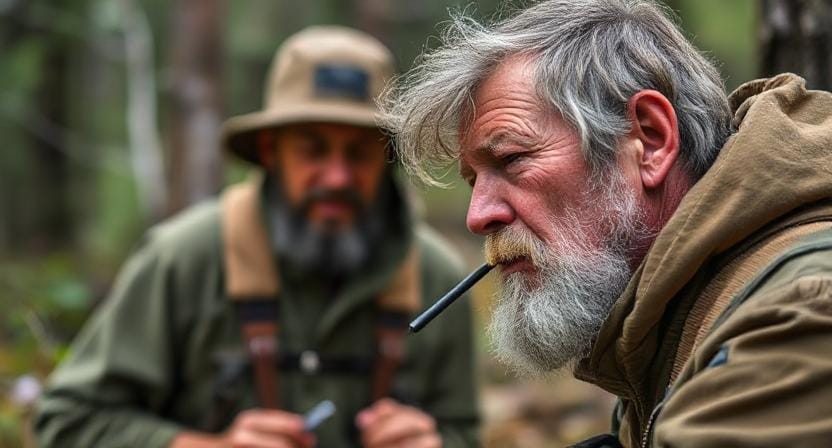
If there’s one tool every outdoor enthusiast should pack besides snacks, it’s a whistle. Seriously! A whistle is compact, lightweight, and can carry sound much farther than your voice ever could—especially after you've been yelling “Help!” for what feels like hours.
Use your whistle in a pattern of three blasts: one long blast followed by two shorter ones. Repeat this every few minutes until someone comes along—or at least until the squirrels stop giving you judgmental looks for being so loud.
By the way, if you don’t have a whistle but happen to find yourself near an angry bear… well, good luck with that!
Interestingly enough, the reason we use patterns of threes is simple: it's easier to recognize distinct sounds when searching parties are listening closely amidst nature's cacophony.
3. Fire Signals: More Than Just S'mores
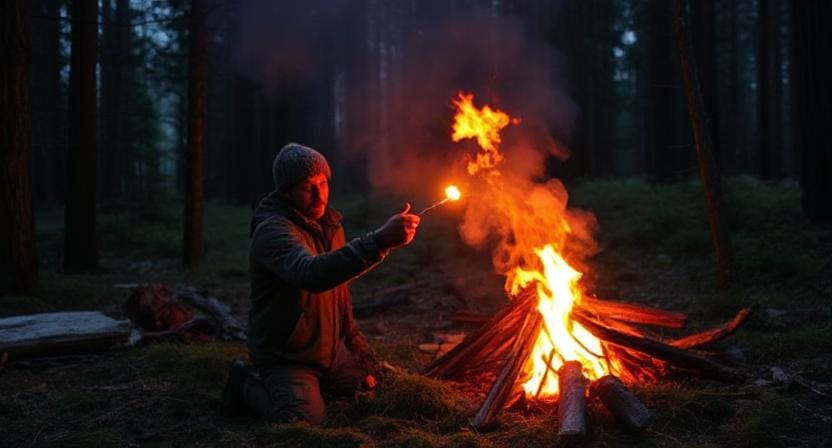
Ah yes—the campfire! Not only does it keep away those pesky mosquitoes and warm up your chilly toes; it can also signal for help when needed most.
But before we dive into fire signaling techniques, let me remind you that starting fires should always be done safely (and preferably not next to your tent).
To create a visible signal using fire during daylight hours, build a smoky fire by adding green leaves or damp materials—basically anything that will produce lots of smoke without catching everything around it on fire (which defeats the purpose).
Wave something bright-colored near the smoke—a shirt or backpack works great—to attract attention.
At night? Well then my friend—you’re throwing down some serious flair! Build a big bonfire and add extra fuel such as logs or branches so it burns bright and long enough to catch someone’s eye from miles away. Just remember not to roast marshmallows until AFTER someone rescues you!
4. Visual Signals: Bright Colors Save Lives
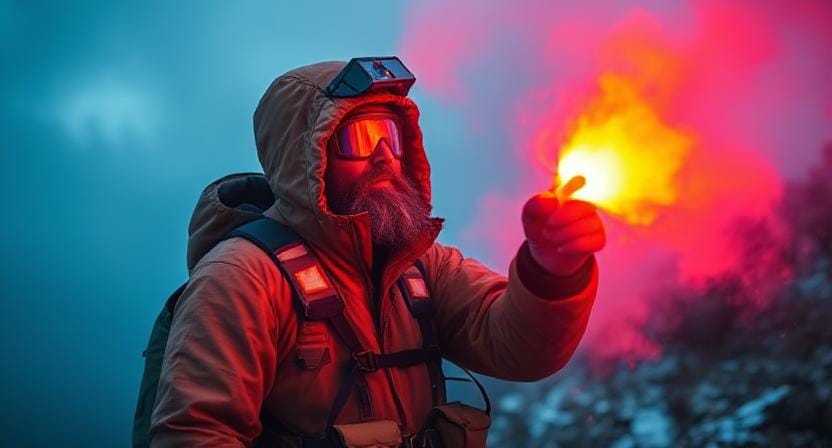
When all else fails—and let's face it; sometimes things do fail—using visual signals can be extremely effective in attracting attention from afar.
Think about wearing brightly colored clothing or gear as if you're preparing for an extreme fashion show rather than just surviving outdoors.
Bright orange vests or even bandanas can work wonders against natural backdrops; trust me—it'll look ridiculous but might save your life! Lay these items out flat on open ground where they’ll stand out clearly against grass or dirt while making sure they aren’t mistaken for fallen leaves (unless those leaves are neon green).
Another option is reflective items such as mirrors or shiny surfaces which reflect sunlight brilliantly during daytime hours—perfect if you've ever wanted to feel like James Bond signaling his team mid-mission!
5. Making Noise Like You Mean It
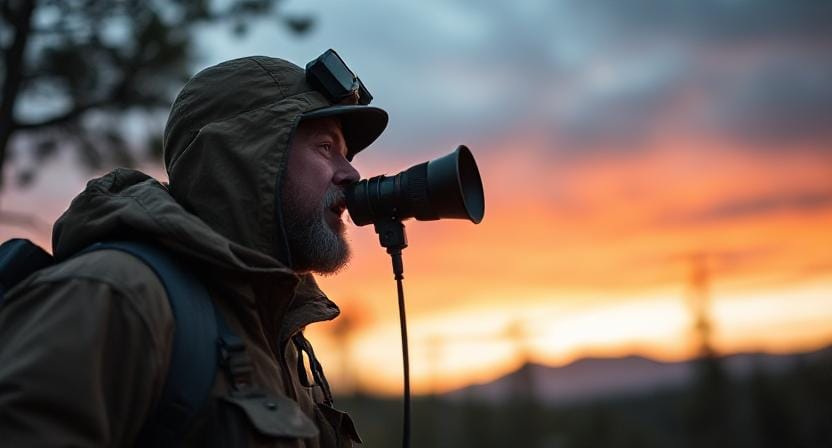
Sometimes all it takes is noise to draw attention; after all who doesn't love a good ruckus? Shouting isn’t always practical though (especially after hours of shouting “help!”), so consider other options instead.
Pots and pans make excellent makeshift noisemakers—just bang them together repeatedly until either someone hears you OR wildlife thinks dinner has arrived early!
You could also try clapping loudly; imagine being at a concert where everyone cheers except there's no music involved…yet somehow people still seem curious about what's happening nearby!
Lastly—and I must stress this point—you might want to avoid singing loudly unless you're confident it's going to impress searchers rather than scare them away!
Conclusion: Stay Calm and Carry On
So, whether you’re using light to send Morse code by flashing your phone or wearing that bright yellow raincoat to stand out, there are some fun ways to signal for help. These little tricks can seriously save you when things get tricky.
When you're out there, keep these tips in your back pocket. Adventure is around every corner—who knows what you might see! Remember, it’s okay to laugh a bit during those “oops, I’m lost” moments.
Next time you're hiking on a sunny trail or even just wandering in the woods, think about these ideas. If you wander off track, it’s not the end of the world. Just breathe. You might even find a pretty flower or a funny-looking rock while you're at it.
And if things get tough, remember to keep your cool. Panic doesn’t help much, right? Take a minute, breathe, maybe even do a little dance. You’ll figure it out, really. Help is out there, and you’ll find your way back—maybe even with a story to tell later.
So, gear up, have fun, and if something goes sideways, just flash that smile.
Frequently Asked Questions
How does the SOS signal pattern work?
SOS uses three short signals, three long signals, then three short signals to communicate distress clearly.
What items can reflect sunlight for signaling?
Mirrors, foil, bright metal surfaces, and even your phone screen can reflect sunlight toward potential rescuers.
Why is a whistle recommended for rescue signaling?
A whistle carries farther than your voice and can be blown consistently in short repeated patterns of three.
Can fire be used both day and night for signaling?
Yes, smoky fires work best during the day, while large bright flames or bonfires are more visible at night.
How do visual signals help in open terrain?
Bright colors contrast with natural surroundings, making you easier to spot from ground or air search teams.
Does making loud sounds really attract help?
Clapping, banging objects, or striking metal surfaces creates distinct noises that can travel far enough to alert people nearby.
Should signaling be repeated or constant?
Repeat in consistent intervals to save energy while increasing the chances that searchers detect your signal.
Suggested Resources:
Survival Skills – Wilderness Survival Tips
https://www.survivalskills.com/wilderness-survival-tips
How To Use a Whistle for Signaling
https://www.whistlesignaling.com/how-to-use-whistle
Fire Safety Tips for Outdoor Adventures
https://www.firesafetytips.com/outdoor-adventures

Kevin Collier is a seasoned survivalist and expert in prepping and homesteading, contributing to WiseSurvive.com. With a deep-rooted passion for self-sufficiency and outdoor survival skills, Kevin shares practical advice, strategies, and resources to help individuals prepare for any challenge. His informative articles cover a range of topics, from essential survival techniques to sustainable living practices, empowering readers to thrive in any situation. Whether you're a novice or a seasoned prepper, Kevin's insights will inspire you to take charge of your readiness and build resilience for the future.




